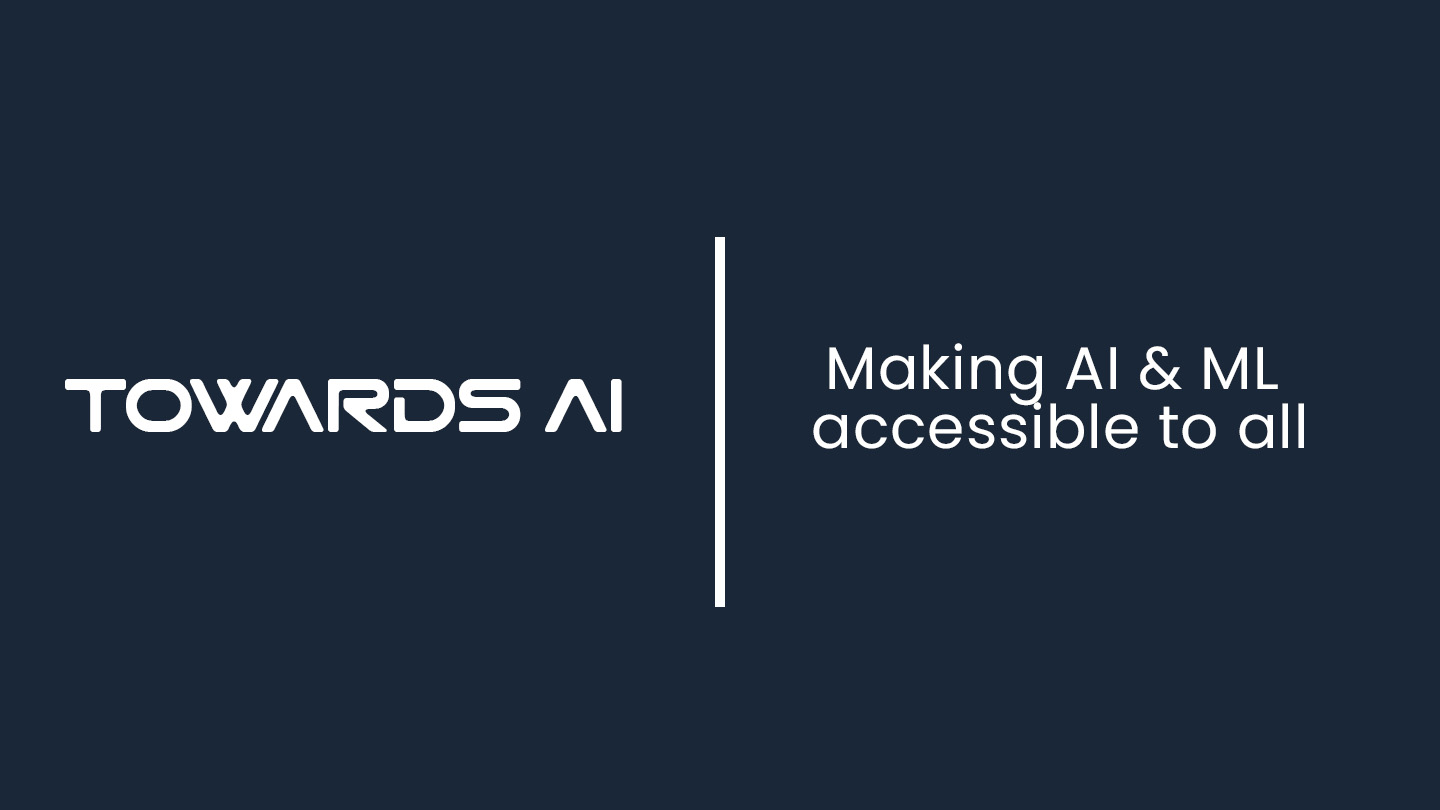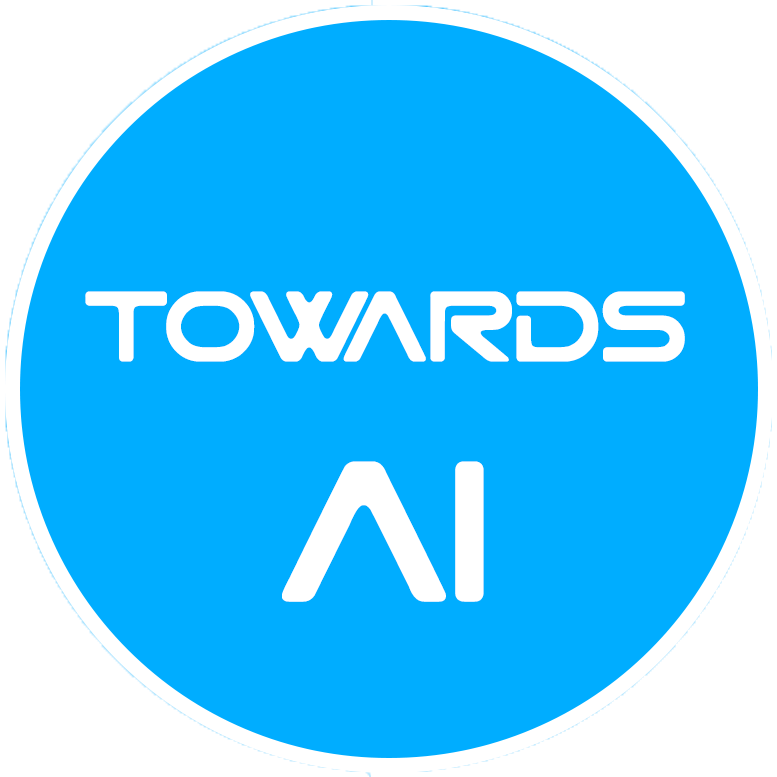Crafting a Custom Voice Assistant with Perplexity
Last Updated on August 29, 2025 by Editorial Team
Author(s): Deepak Krishnamurthy
Originally published on Towards AI.
Looking beyond Siri, Google Assistant, and Alex
Google Assistant, Alexa and Siri are the dominating voice assistants available for everyday use. These assistants have become ubiquitous in almost every home, carrying out tasks from home automation, note taking, recipe guidance and answering simple questions. When it comes to answering questions though, in the age of LLMs, getting a concise and context based answer from these voice assistants can be tricky, if not non-existent. For example if you ask Google Assistant how the market is reacting to Jerome Powell’s speech in Jackson Hole on Aug 22, it will simply reply that it does not know the answer and give a few links that you can peruse. That is if you have the screen based Google Assistant.
The article discusses the shortcomings of existing voice assistants like Google Assistant, Alexa, and Siri, particularly in providing concise, context-based answers. It documents the author’s experience and motivation to create a custom voice assistant using Perplexity and a Raspberry Pi. By integrating various hardware and software components, the author details the development process, including wake word detection, speech recognition, and API integration, ultimately aiming to achieve a more intelligent voice assistant capable of delivering direct answers rather than simple search links.
Read the full blog for free on Medium.
Join thousands of data leaders on the AI newsletter. Join over 80,000 subscribers and keep up to date with the latest developments in AI. From research to projects and ideas. If you are building an AI startup, an AI-related product, or a service, we invite you to consider becoming a sponsor.
Published via Towards AI














